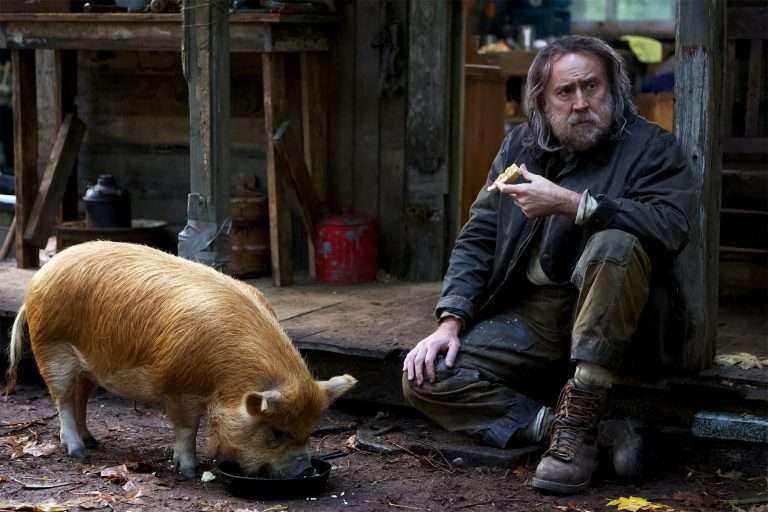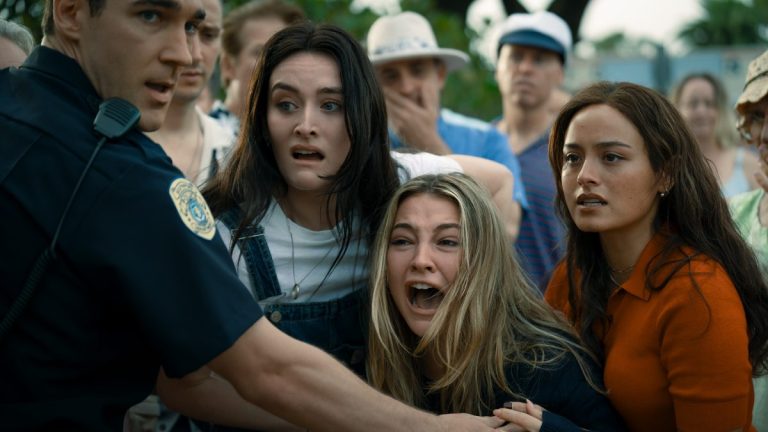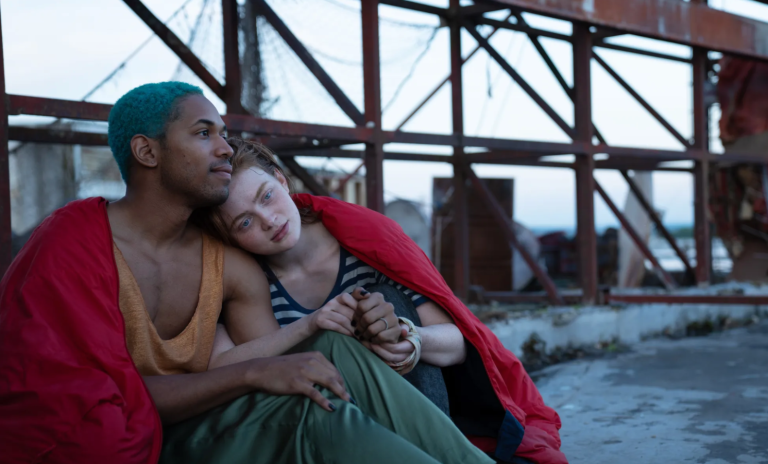Czech New Wave Cinema – which peaked during the 1960s and early 1970s – offered a mosaic of sociopolitical commentary which blended the political and the personal with the surreal and the fantastic. The country wears its long-standing legacy of rich folklore and fairy tales on its sleeve. So it’s no surprise to see how often otherworldly geographies permeate into the domestic themes of its cinema. Films like Daisies (1966), Marketa Lazarova (1967), Valley of the Bees (1968), Valerie and Her Week of Wonders (1970), Morgiana (1972), and Three Wishes for Cinderella (1973) constitute this treasure trove of experience whose magic is bound to linger for a lifetime.
Jaromil Jires’ Valerie and Her Week of Wonders (1970) opens on a hypnotic note, with a spell composed of sacred hymns and lullabies, to stun you into a trance that is sure to last throughout the movie and even after. With enigmatic symphonies almost haunting in its déjà vu quality, there flashes vignettes of Valerie (Jaroslava Schallerova) in her dreamscapes: fixing her ribbon as she peers back (perhaps back on her dream?), safekeeping her earrings (in the receptacle of her heart?), drinking from the fountain (of youth?), caressing a pigeon as she reclines (a sign of innocence and vitality) and rising as she prays amidst the snow.
There is a transcendent Pre-Raphaelite romance in Valerie’s way of life. She seems to swim in her own world as she bathes in the daisy-strewn well, under the spotless sunshine. It is a breathless, ever-perplexing world of nymphs, thespian artistes, white lace and pigeons that topples abruptly to descend into a Netherworld of flames, vampires, coffins and cobwebs. Realism and occultism overlap ever so subtly that the line between them gets blurred in the elusive Tarkovsky-ian terrains, vivid in its ashen fogginess. The landscape is ethereally charged. Daylight and darkness collide and the authenticity of its visual aesthetics made delectable as if brought to life straight out of an antique picture book with its grotto, gothic architecture and grotesque horrors.
Related to Valerie and her Week of Wonders: The Firemen’s Ball [1967] – A Bewitching Satire on Human Frailties and Political Groupthink
Valerie seems to be battling evil forces or perhaps her own demons (of which the ‘weasel’ is possibly a supernatural extension) as she endeavors to come to terms with blood dripping off from daisies, signalling the intrusion of adulthood. On another level, the film underscores the duplicity of religious fundamentalists, from Valerie’s pasty-faced grandmother Elsa seeking eternal youth to the predatory priest (who might be the vamp behind the weasel mask), conspiring to live off Valerie’s life force.
Danger lurks and chasms darken. There are metamorphoses of personalities, death and reincarnations, lapses in memory and chance encounters that defy clarity and tantalize the senses. Valerie’s pastoral homestead is her very own Wonderland, where like Alice, she discovers a realm beyond. Or it’s the same realm set on a Freudian slip, where everything familiar is made estranged for a greater revelation.
Writer/director Jaromil Jires leaves no stone unturned in his screen adaptation of Vitezslav Nezval’s etherized literary world, made all the more bewitching with its eclectic soundtracks, ranging from feisty folk tunes to somnolent chants, resembling choir music. One of the important voices of Czech New Wave, Ester Krumbachova – a renowned costume designer – has co-written the script (she also co-wrote the script for Daisies)
The juvenile voices and nursery rhyme cadence further reinforce Valerie’s purity, establishing her as a seraphic figure in comparison to the self-castigating, tainted souls of those around her. On the contrary, the singsong verses also render an ironic, sinister feel – a sort of primitive charm to ward off evil spirits, thereby taking on a defensive aspect rather than an innocent one.
The absurdities and ‘wonders’ represent contortions of Valerie’s subconscious. The cracks and illusions appear as she tries to grasp reality through a new, kaleidoscopic lens; to make sense of her own growth and that of her world as she hovers on the threshold of change. She is jolted back to security at odd junctures and roused from sleep once in a while.
Valerie often stumbles upon the thief Orlick (Petr Kopriva), shackled amidst still or ebbing waters, and saves him, who, in turn, saves her from desperation at the hands of the hooded ‘weasel’. The weasel’s black cloak, bald white dome, and pointy ears are unsettlingly redolent of Nosferatu’s vampire or a grim reaper (holding an ‘ogi’ instead of the scythe), or as construed in the film to be the metaphysical avatar of the man who begat Valerie and then abandoned her.
The only armor Valerie is left with is a pair of magical earrings that gives off mystic peals and redeems her from impossible dead ends. One of the film’s most iconic scenes is when Valerie, caught in a witch hunt, evokes Joan of Arc on the brink of sacrifice. She remains unapologetic and even jeers at her seditious accuser, the priest who wore a necklace of bones. Subsequently, she is miraculously swept into the church door, taken to a new abyss of strange fears.
Also Read: The Ear [1970] Review – A Chilling Study of Fear and Paranoia behind the Iron Curtain
Nostalgia plays with curiosity; there’s a longing to embrace her evolving self in all the madness and mystery. Valerie’s newfound sensual awakening is taken to another dimension by exploring the complexity of her relation with Orlick, intensified in the ambiguity and constant alteration of his identity: something common to all characters, including Valerie. This search of self is persistent throughout the film’s spiritual journey. But it remains unresolved even as the curtain falls on a bacchanalia of nuns, nymphs and vicars swirling around Valerie’s white frilly bed, as she reposes childlike in her cradle, amidst fallen autumn foliage, perhaps retreating to fulfill her reverie…



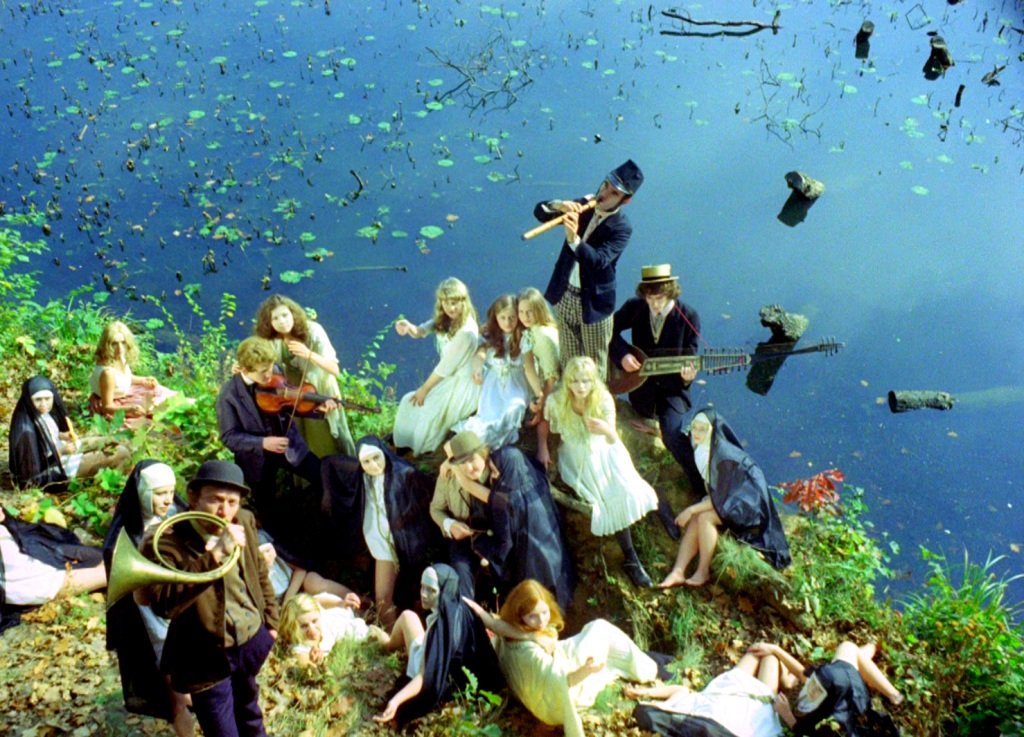

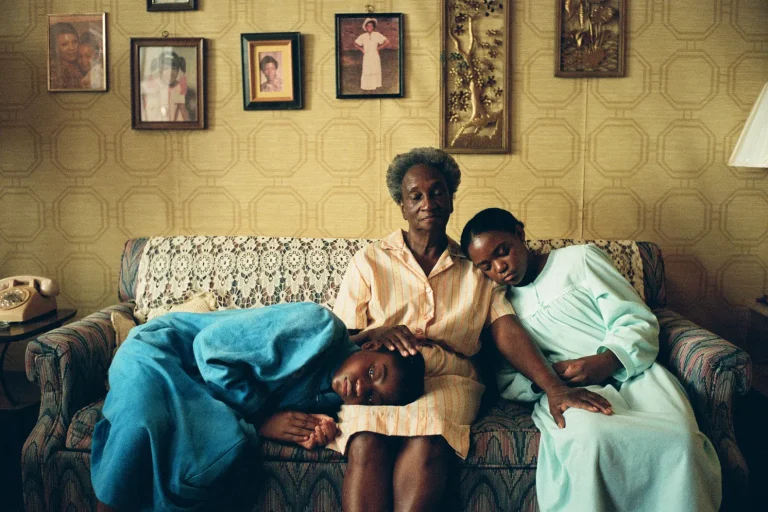
![Synonyms (Synonymes) [2019]: ‘TIFF’ Review – A Chaotic yet Weary look into Identity Crisis](https://79468c92.delivery.rocketcdn.me/wp-content/uploads/2019/09/Synonyms2-TIFF-highonfilms-768x384.jpg)
